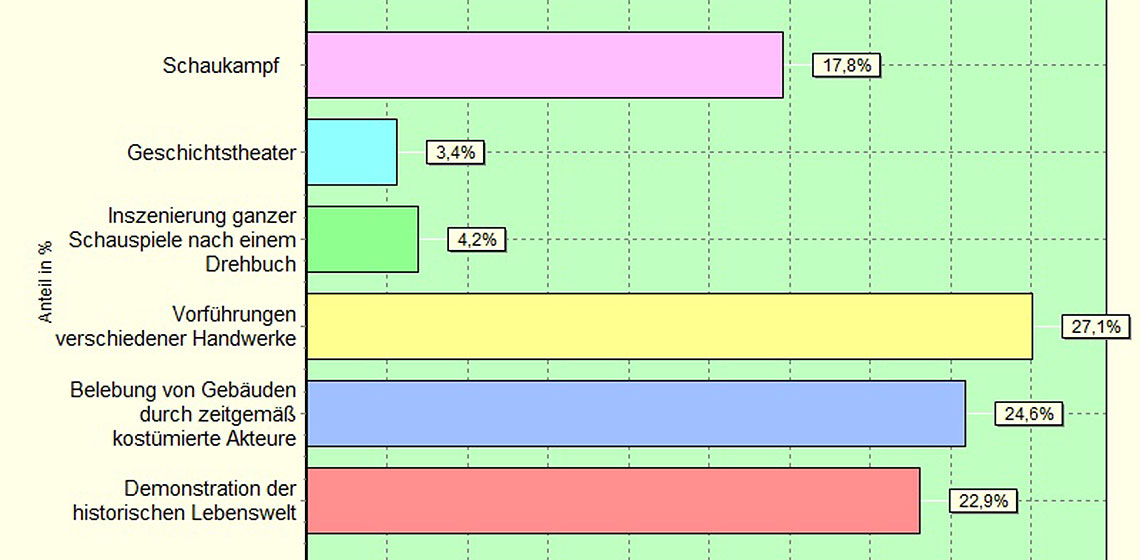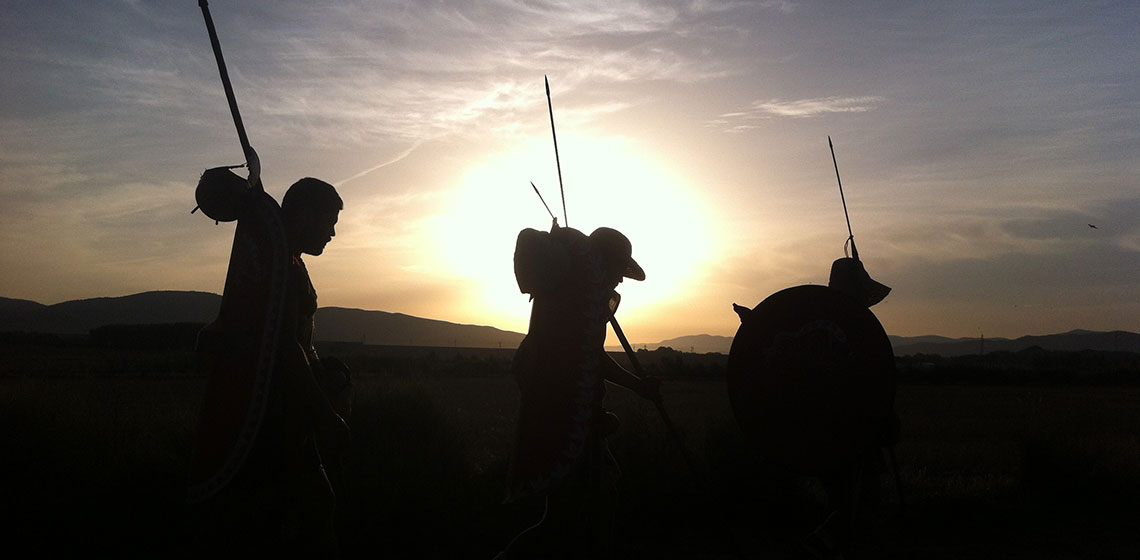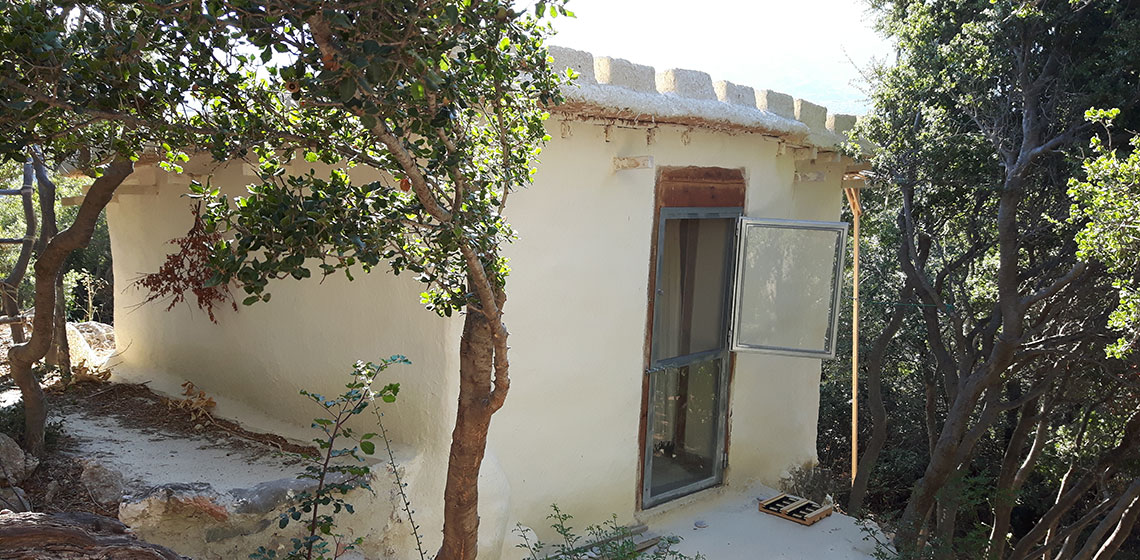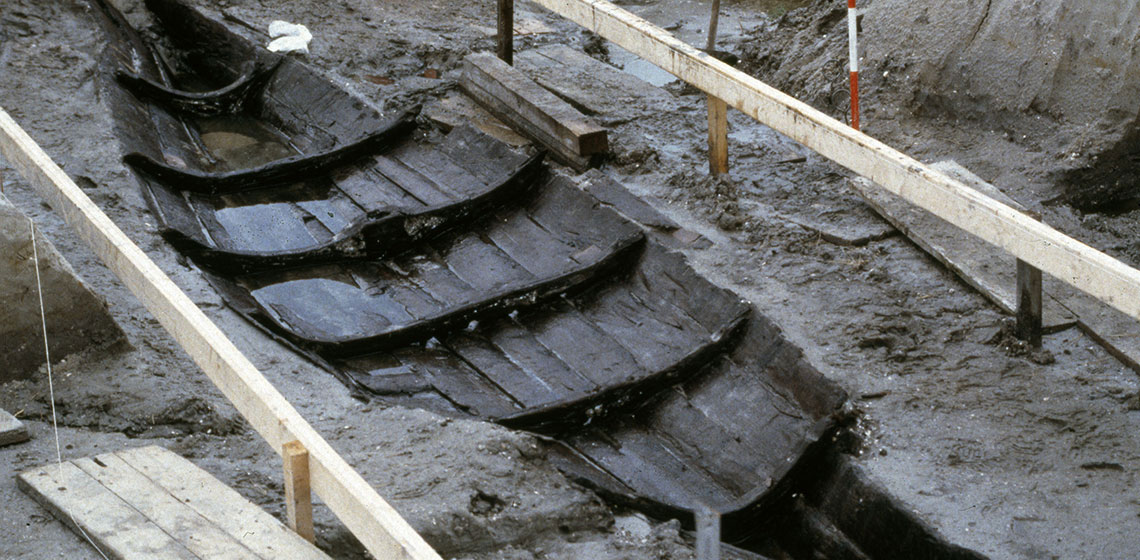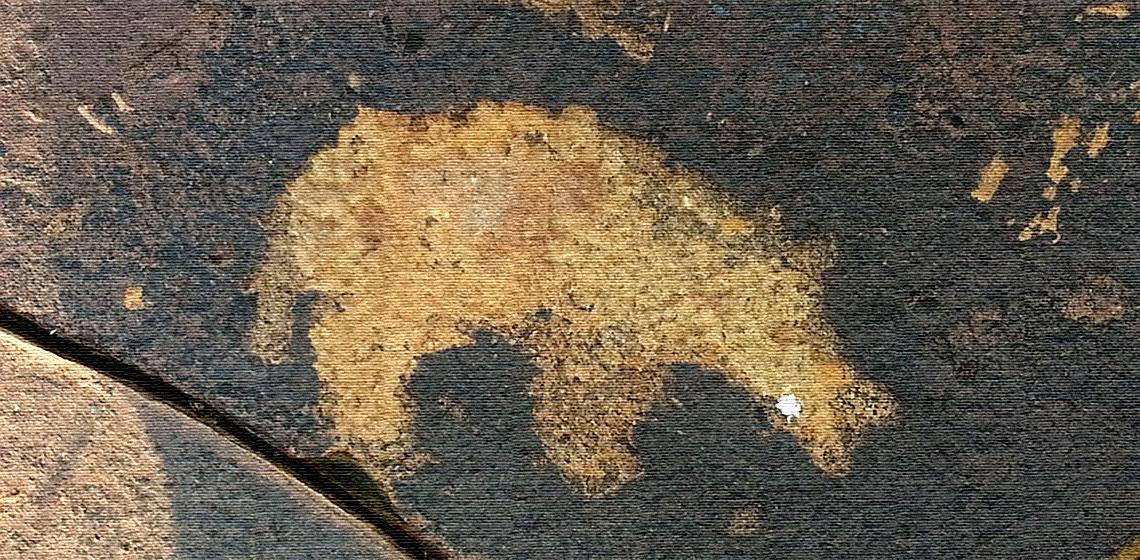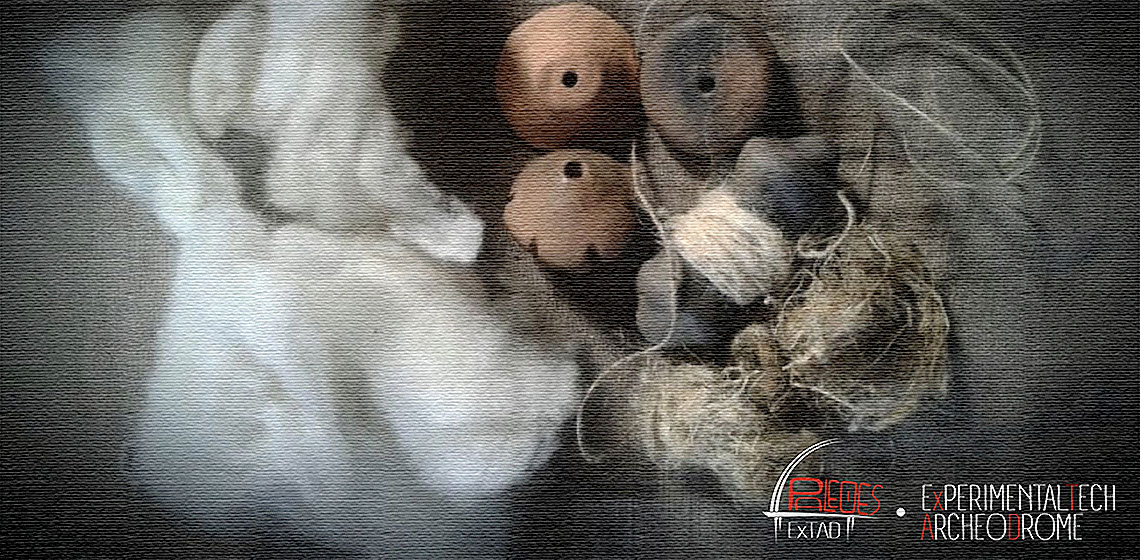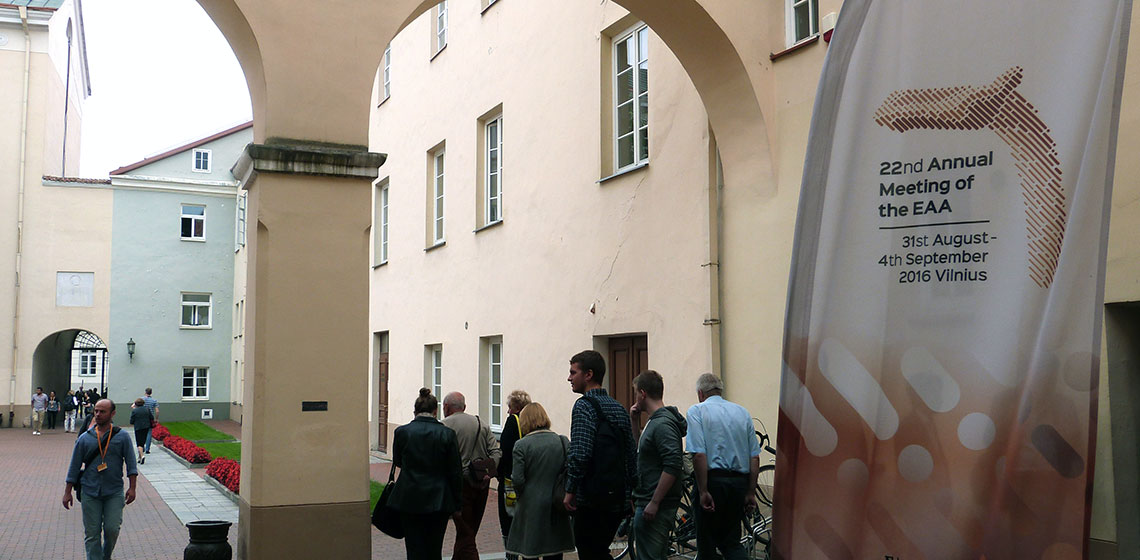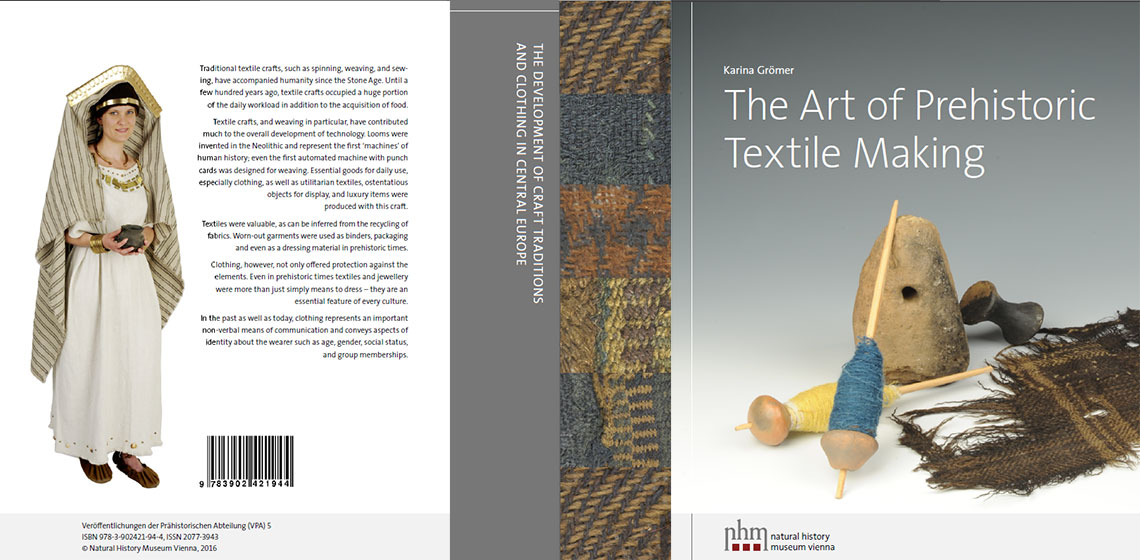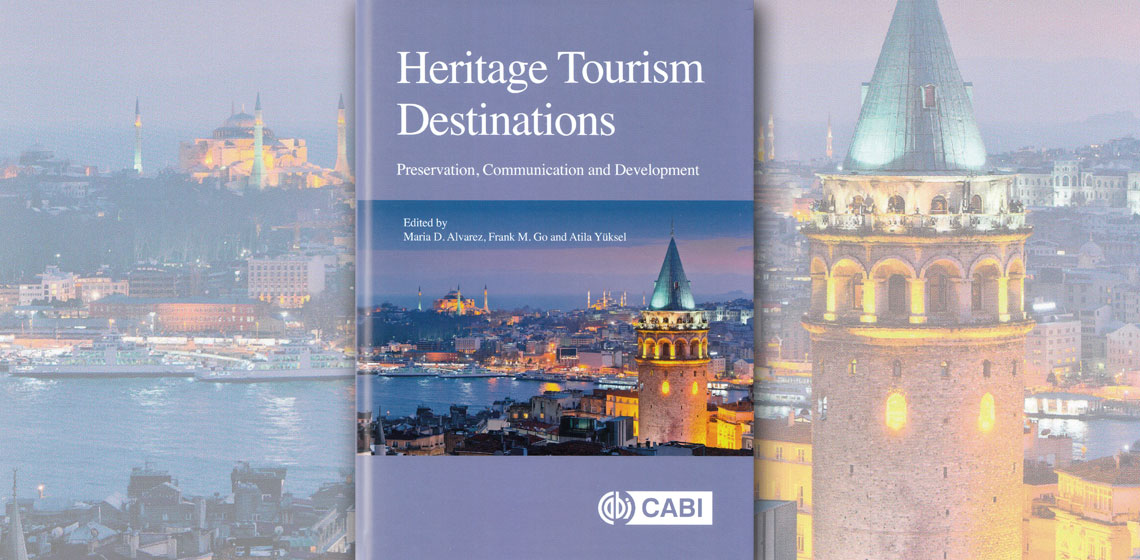EXARC Journal Issue 2016/4
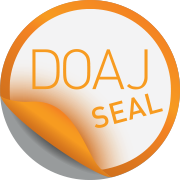

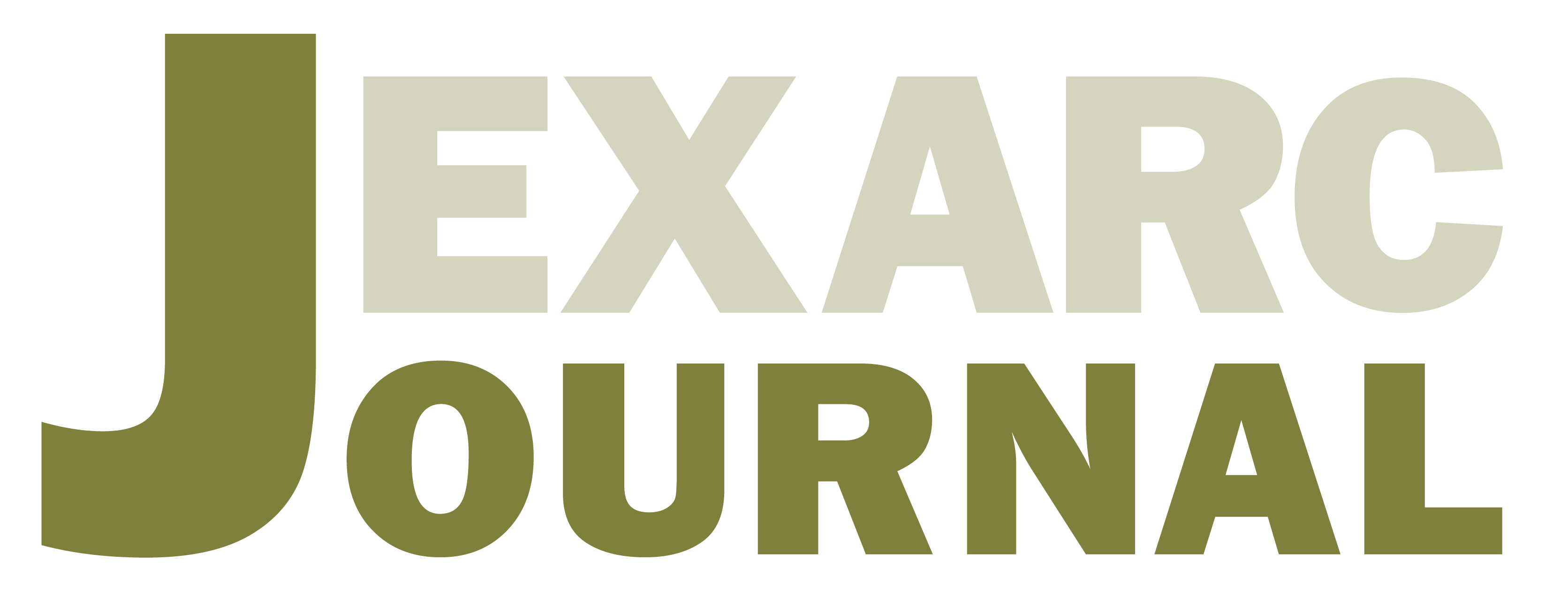
9 Articles | DOAJ | Open Access
ISSN: 2212-8956
Publishing date: December 1, 2016
📄 EXARC Journal 2016/4 Table of Contents
Copyrights: EXARC, 2016
Summary
A bit later than planned (due to the early Digest 2016-2) EXARC Journal 2016/4 was published online in the first days of December. It contains 9 articles: 5 are Mixed Matters, the other 4 Peer-Reviewed. A Danish Boat as Open Source Project, a Minoan Experimental House, Outdoor Travelling as Reenactment and Living History in German Archaeological Open-Air Museums. Mixed Matters from South Africa and more...
Reviewed Articles
Living History as an Instrument for Historical and Cultural Exchange in German Archaeological Open-Air Museums: an Online Survey Defines Present Status
The VIA SCIPIONIS Project Outdoor Travelling Experimental Archaeology and Re-enactment
Publication Date
In August 2015 the first rendition of an experimental archaeology project was held, for the first time in Spain. The objective was to study the problems faced by the Roman Republican legions from the second Punic War during their marches. This project, named VIA SCIPIONIS, captured an historical episode...
A Minoan Experimental House – Paying Tribute to Middle Bronze Age Cretan Vernacular Architecture
Publication Date
In the mountains south of Agios Nikolaos, north-east Crete, the Minoans of the Middle Bronze Age (2000-1650 B.C.) left behind several kinds of ruins, which were studied in my PhD thesis (Beckmann 2012a). The 337 ancient sites discovered during this investigation were arranged in a loose settlement pattern, with dwellings ca. 150 m from each other, composed of manifold field- enclosures and animal pen walls surrounding variably sized houses and connected by an extensive network of paths.
The Gislinge Boat Open Source Project: An Old Boat and a New Idea
Publication Date
In 1993, the remains of a wooden boat were uncovered during drainage works north of the village of Gislinge, on the island of Sjælland in Denmark (Gøthche 1995). Now reclaimed agricultural land, the area had once been part of the shallow Lammefjord, itself connected to the Isefjord and the open sea...


